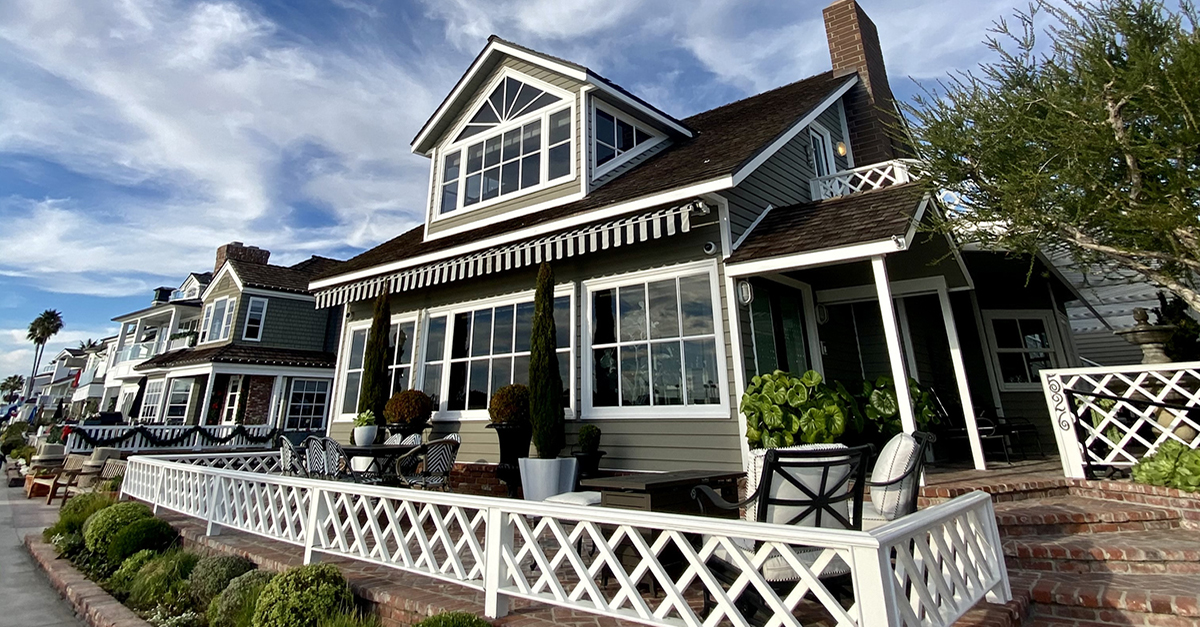Is Winter the New Spring? Affordability Challenges Bite into Seasonal Buying
BY
Anywhere Integrated Services
.
January 7, 2025

The time of year people have traditionally bought a home seems to be shifting, according to Amit Arora, chief investment officer at a large I-Buying Firm. Due to shifting demographics and a continued squeeze on people’s wallets, more homebuyers are electing to look for a house in the colder months, he said, potentially upending traditional seasonal patterns for real estate activity. The data comes from a recent survey on “Housing Market Mood,” published and also references the firm’s earlier October “Anytime Buyer” survey.
According to Arora, “Since the pandemic, we’ve seen the seasonal tides shifting…demand has been increasing over the past four years into the fall and winter months. Our recent survey data also found that buyers are equally split on seasonality: 37% said they would prefer to buy a home in the spring or summer and another 37% said the fall or winter. Twenty-six percent of both buyers and sellers don’t feel the season has any influence over when they buy or sell their home.”
Additional data from the survey shows that 26% of respondents felt that the season would have no bearing on their decision for the timing of home buying at all. This may set the stage for increased activity in the colder months of the year.
With a declining birthrate and less attached responsibility due to that dynamic, less people are seeking to buy in the typical warm season and are instead turning to the colder months to garner a deal they normally wouldn’t see on the market if they were beholden to the patterns necessitated by the school year’s schedule, he added.
According to Arora, lower birth rates “in combination with affordability challenges will cause buyers to go looking for deals in off-peak seasons.”
A continued decline in the market’s purchasing power will also play a role in whether people choose to seek a deal outside the confines of the traditional spring and summer spikes.
“Data shows a substantial decrease in income expectations from April to May: people anticipated their income to rise by about 2% or more in the coming year, but those expectations dropped closer to 1%. This type of change is reasonably predictive of forward transactions—because when people expect to make less money next year, that puts a strain on homeownership,” Arora stated.
But what is the single biggest factor when it comes to entering the housing market? Aurora says there isn’t one single determinative factor. A combination of forces at large will give buying signals.
“I don’t think home prices will be the biggest driver of people coming off the sidelines—that’s just one piece of the puzzle. Affordability, which is a combination of asset prices, mortgage rates and income growth, will be the biggest driver of demand. More specifically, I believe mortgage rates and income growth will make the greatest impact since there isn’t a catalyst for asset prices to start declining like they did in the Global Financial Crisis (GFC)—a time when there was forced selling. Instead, buyer credit quality is high today, and people are staying put because they are locked into lower rates.”
What this points to is the possibility of a brave new world in real estate, one governed by affordability instead of convenience.
“Macro factors like affordability are weighing more into decisions than seasonality. And most moves are driven by life milestones—like retiring and moving close to grandkids or accepting a new job and moving across the country. Life happens year-round, meaning people move any season, for any reason,” said Arora.
*Adapted from an article published by RISMedia
---
This material is meant for general illustration and/or informational purposes only. Although the information has been gathered from sources believed to be reliable, no representation is made as to its accuracy.







